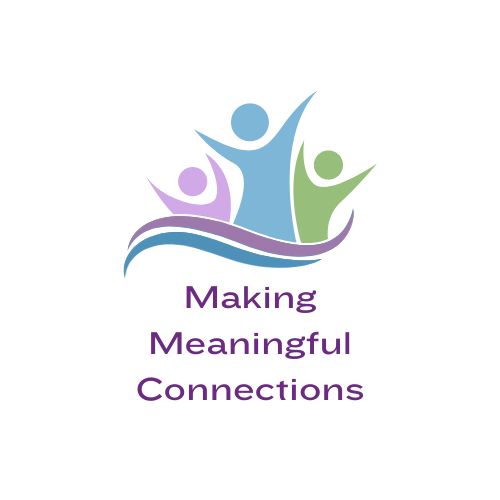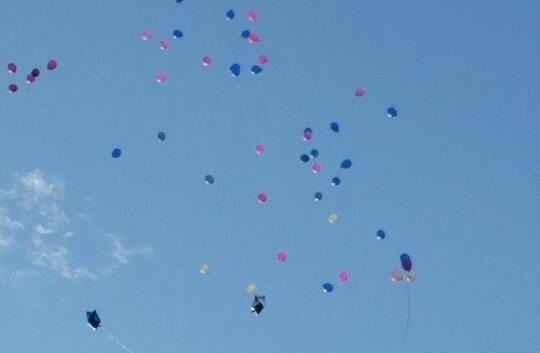On September 10, 2014, people gathered in communities around the world to bring attention to the tragedy of suicide. Candles were lit, names were read, balloons were released and hopes were expressed that help could be found for those who felt there was no longer a reason to take another breath.
And on that very day, Suicide Prevention Day, a 14-year-old boy who no longer could stand the pain of being bullied, pulled out a gun he had brought from home and ended his life in the bathroom of his middle school.
Tragic stories like this occur every day. This one, a few blocks from my home and at the very school my own son attended. The boy, small for his age, was easily a target for others and his father had begged the school to take action just the week before.
Several days later, another boy at the school wrote his mother a suicide note. His only friend at school had just taken his life, and he felt even more alone and afraid. Fortunately his mother found him in time and convinced him not to harm himself.
The Center for Disease Control (CDC) reports that for youth between the ages of 10 and 24, suicide is the third leading cause of death. It results in approximately 4600 lives lost each year. The top three methods used in suicides of young people include firearm (45%), suffocation (40%), and poisoning (8%). You can read more about the CDC statistics on their website.
There is a lot of focus on diversity and teaching tolerance and acceptance of differences. I believe that is important. But what if, instead of focussing on what is different, we looked for ways to connect?
As part of their annual proclamation, The World Health Organization’s International Association for Suicide Prevention issued the following message at part of this year’s One World Connected theme.
Mega-Country Star Taylor Swift offered this exact support to a fan on her Instagram site as noted by blogger Nick Russo of The New Bull 100.3. Taylor knows the importance of connecting to each and every fan she meets, citing that she too had been bullied and encouraging her young fan to continue to be herself.
Melissa Buchanan, LCPC-C- who works with at-risk youth in Bath, ME shared some other insights from the CDC on bullying.
“Youth who act out through bullying others may be trying to fit in and/or reacting to stress, abuse or other issues at home or school. Bullying behavior may be an important signal that they need mental health services and additional support.” In addition, “Youth who report frequently bullying others are at high long-term risk for suicide-related behavior.” AND Youth who report both being bullied and bullying others (sometimes referred to as bully-victims) have the highest rates of negative mental health outcomes, including depression, anxiety, and thinking about suicide.
It seems what the CDC is saying is that these kids (bullies) just want to fit in too. They may be bullied themselves, or are in, or have been in, other abusive situations and are themselves at risk for suicide.
People, especially kids, want to belong; to have a sense of community. While community is made up of different groups coming together, it is the groups themselves that have a unique bond. It is not about negating diversity, but to look for and find areas of mutual interest among many groups, that then unite them in a unique way.
Incorporating concepts that bring people together build trust and foster positive relationships, especially for children who feel isolated and alone.
There is an enormous need in schools for programs that teach children to find common ground.
A school district leading the way toward this goal is the Snoquamie Valley School District in Washington State. One of the most impressive programs is their Natural Helpers Club, a peer-to-peer buddy system. This program trains a new group of students each year how to be peer mentors -– helping identify when students may seem at risk, and knowing when to seek an adult’s help. You can read more about the programs in place and the Suicide Prevention Policies they are working on as well here.
Melissa Buchanan also notes that often the adolescents she sees have a co-occurring disorder. Meaning they typically have a mental health diagnosis and a drug addiction issue. “I was quite impressed, she said with this school district’s identification of the many “faces” of this bullying/suicide epidemic.
We have to get our communities involved to keep our children safe.
* Schools must provide a safe-haven for students and should be proactive with counseling.
* Parents and schools need to partner up with open communication so that everyone’s issues are heard.
* Create a parent-staff-student advisory board that meets regularly, sets goals and encourages peer support.
* Hold workshops for students that build self-esteem, inclusion and common bonds. Bring in community partners to inspire youth with values of cooperation and helping each other succeed.
Now I’m asking the Community. What are your thoughts on bullying? How do we keep our kids safe and help kids on both sides of the issue create healthy relationships with each other. Please share your comments.
Special thanks to Melissa Buchanan for her input and research. She can be reached at Melissa@ParallelPathways.com
Photo: Courtesy of Jennifer Wagner – memorial for Lamar Hawkins III

